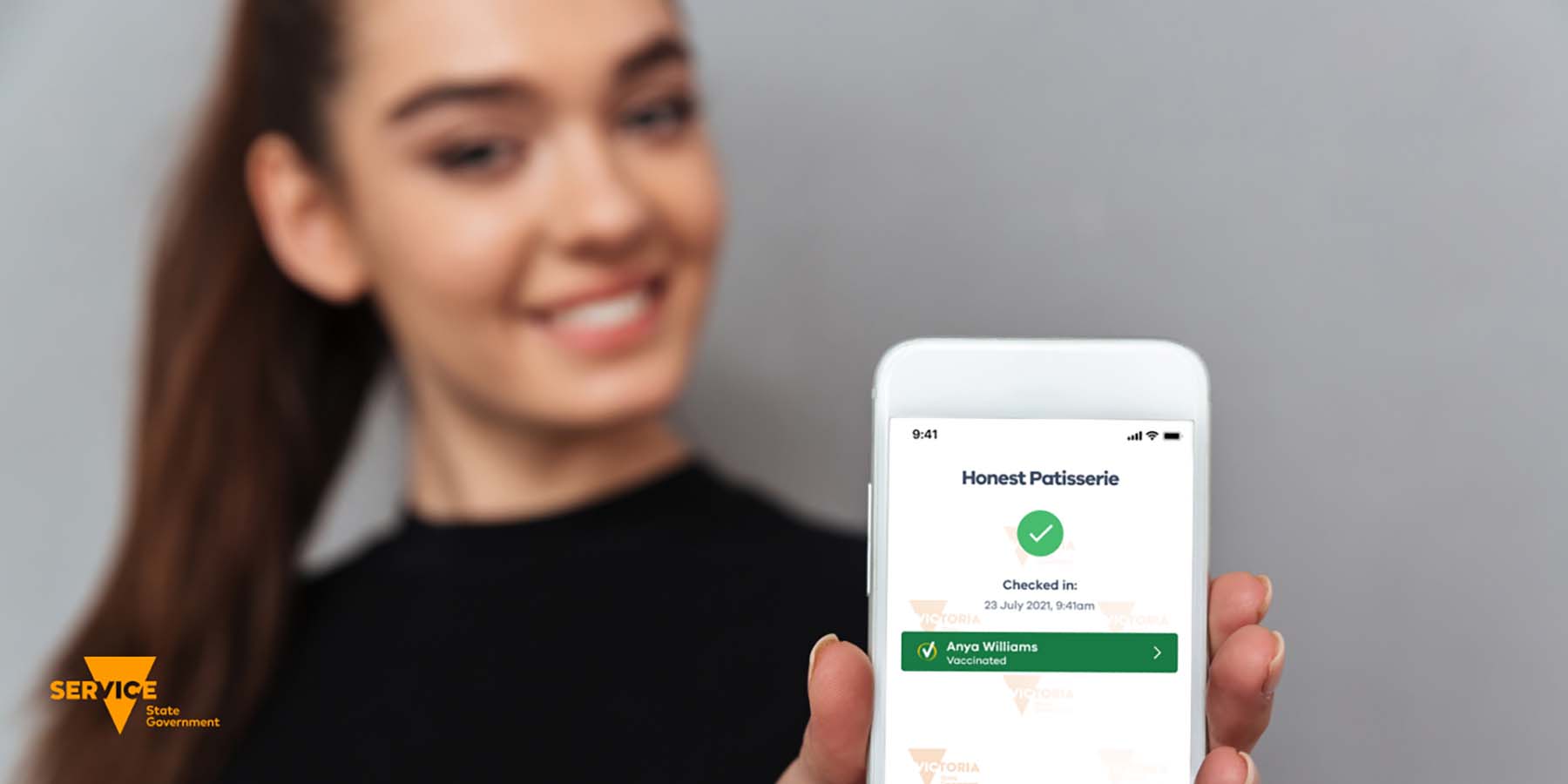With “check-in / contact tracing” being broadly aligned as the desired solution for the most imminent challenge; the definition of locations and exact personal information that would be required by people checking in was reached through a series of cross-departmental discovery workshops.
Concurrently, determining how to create an experience for people to provide this data was a collaborative process between Two Bulls, Service Victoria and other senior stakeholders within the government. During the ideation phase, rapid prototyping and usability testing were conducted as a means of concepting and integrating new insights and requirements as they were uncovered. Through a process of divergent and convergent design thinking exercises, the solution of QR code scanning was chosen as the best mechanism for check-in and contact tracing.
Some exercises used to arrive at this decision were a cost/effort / feasibility matrix (with a particular focus on limiting the technological barrier) and a competitor analysis - researching similar solutions, pulling from their strengths and improving on their weaknesses throughout our design process. With the architecture of the solution defined, high-fidelity user flows were designed, tested and circulated upwards through a chain of approval gates. The most viable version of Check-in was developed and quality assurance tested on both iOS and Android platforms concurrently to ensure a timely release.
After the initial release, the team set to work to further enhance the solution with other features. Some features had already been discovered throughout the first production phase, while others were gathered from public feedback through Apple App Store and Google Play reviews. Together these insights laid the foundation for enhancements for subsequent builds.








